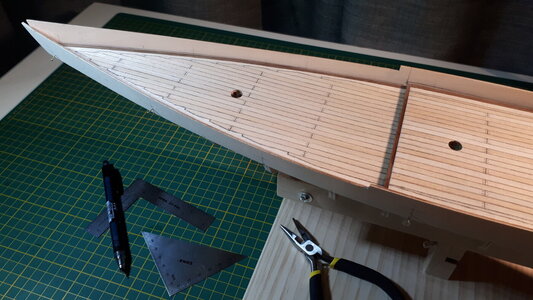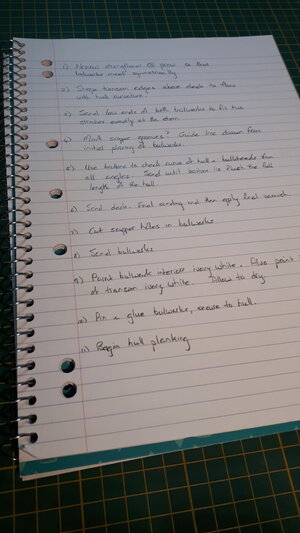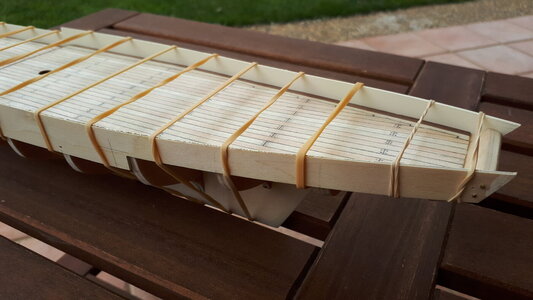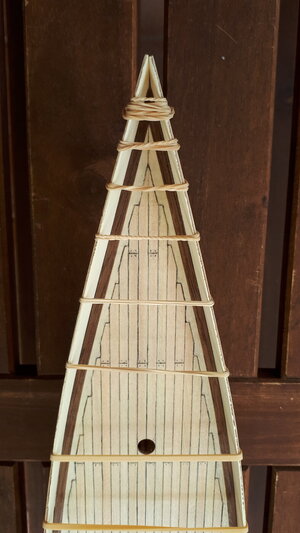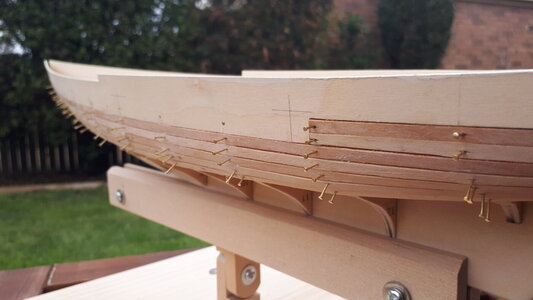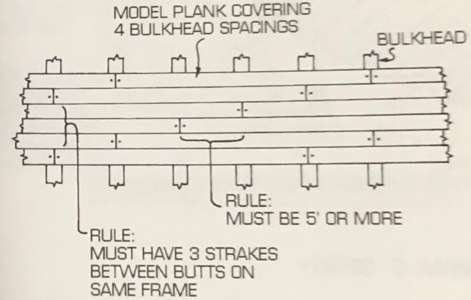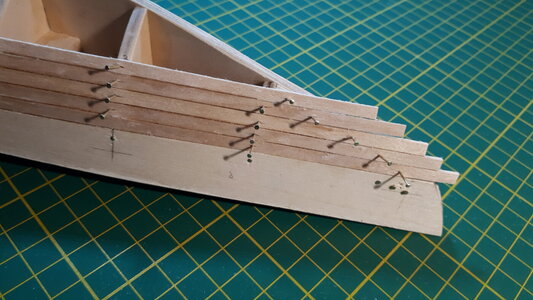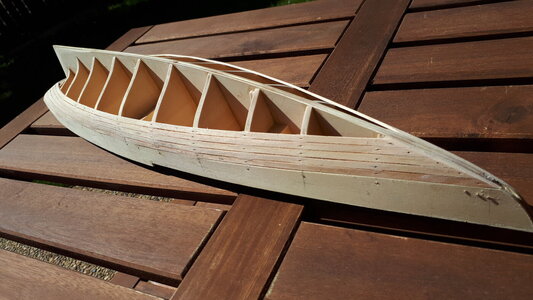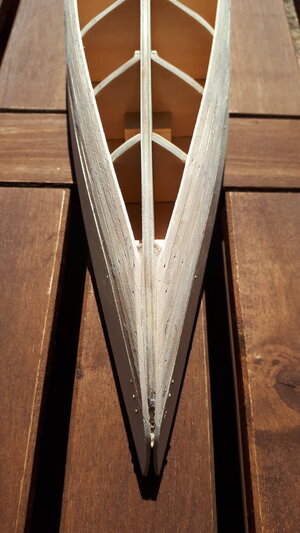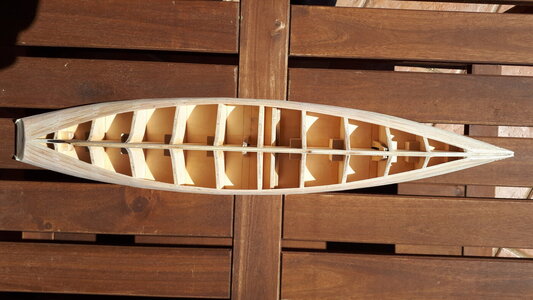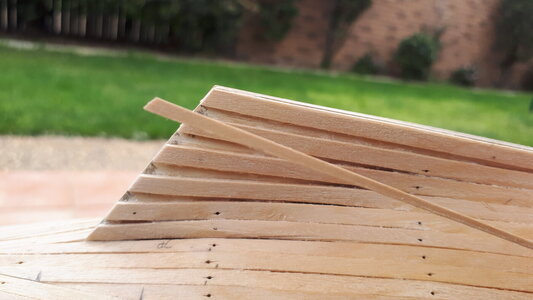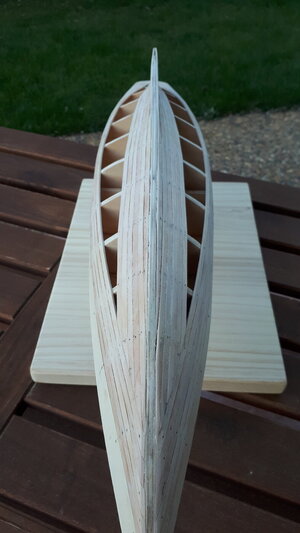A small bit of progress. I completed the joggling of the planks on both the fore and quarter decks, and then used a small awl to scrape narrow grooves between the planks. Similarly, I used the awl to demarcate the plank butts and punctured small holes to emulate treenails. Then using a 2B pencil I scribed all the holes and furrows created by the awl.
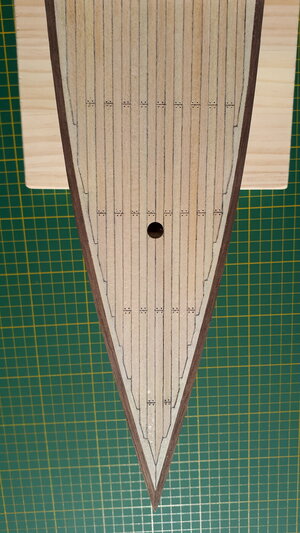
I was obliged to insert two very slim planks on the outer edges of the quarter deck near the waist. I'm not sure if this was the result of a miscalculation somewhere, as I had laid the planks from the centre line outwards, but I seemed to have little choice by the time I reached the margin planks. Oh well
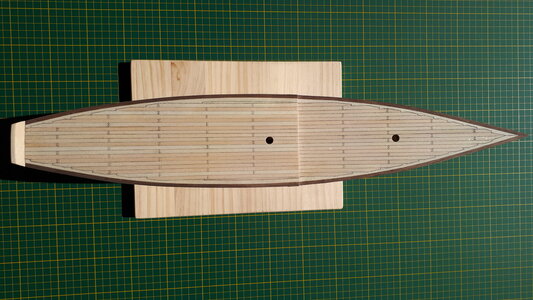

I was obliged to insert two very slim planks on the outer edges of the quarter deck near the waist. I'm not sure if this was the result of a miscalculation somewhere, as I had laid the planks from the centre line outwards, but I seemed to have little choice by the time I reached the margin planks. Oh well

Last edited:



